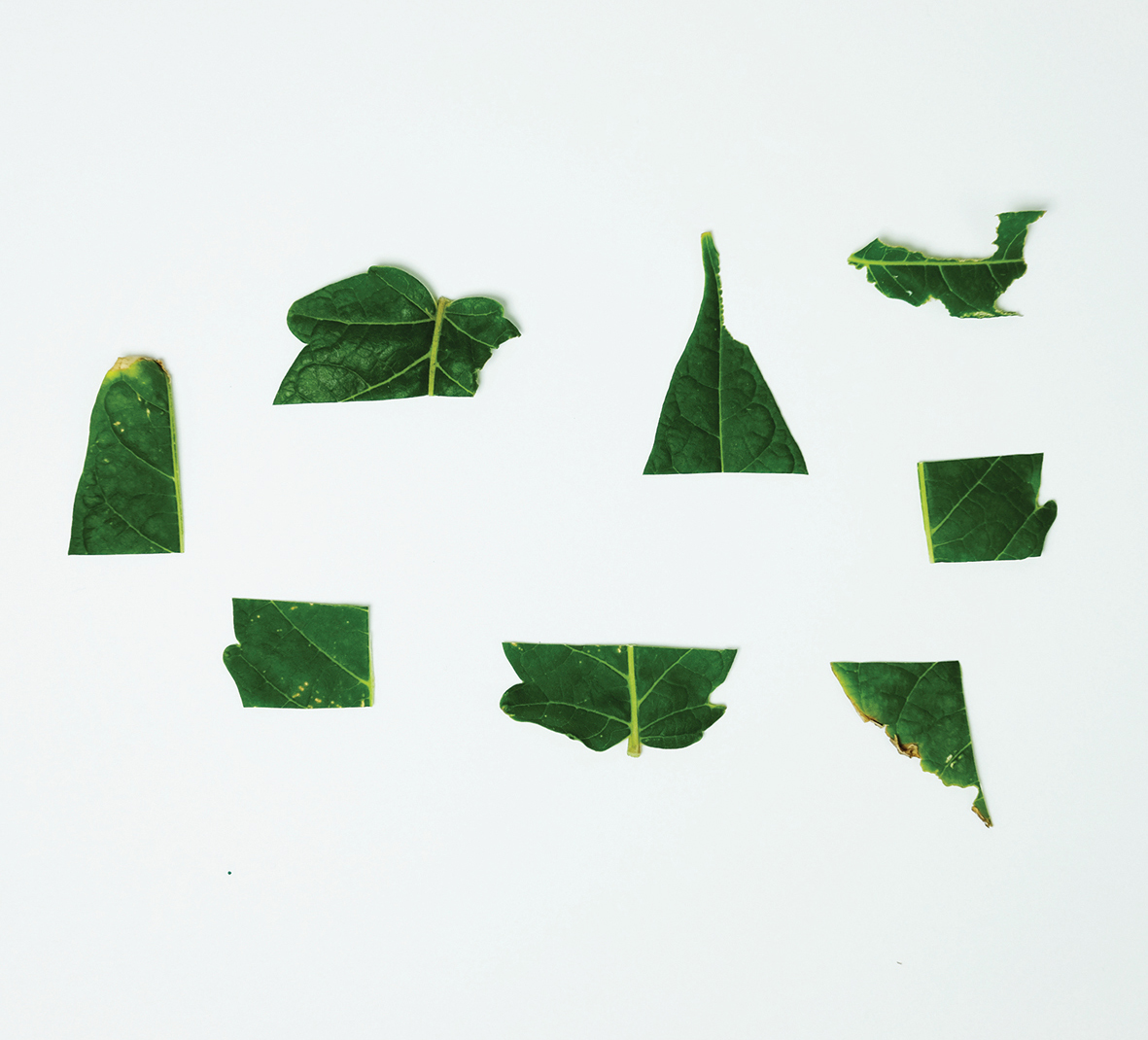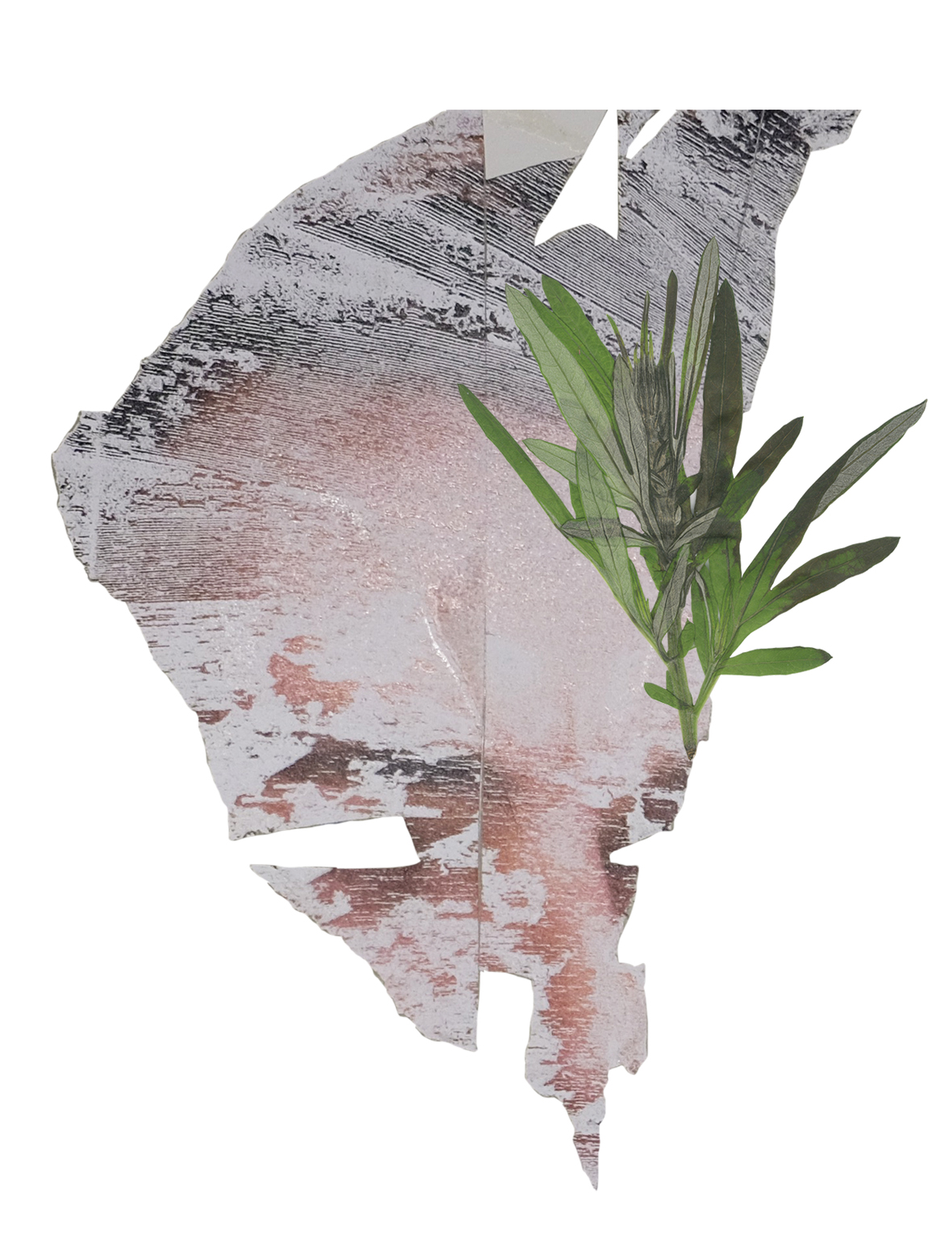Spontaneous Vegetation as a Framework in Design
Thesis Book
6,5 x 9,7 in
144 pages - 4 copies
Printed and assembled by me at Pratt MFA Studios
New York - 2017
Images from my MFA thesis book. Each book had "weed" pages added randomly in the signatures which make them different from each other and allows unexpected outcomes. The covers are pieces of my capstone project posters of invaded gardens.
Abstract
This thesis analyzes the spontaneous vegetation phenomenon[1] in an urban setting to translate its characteristics —seed dispersion, succession process[2] , invasive and resilience features— into contexts outside the vegetation world. Because plants are inherently connected to humans[3] in a correlative relationship —oxygen conversion, food supply, emotional fulfillment— exploring the plant/human symbiosis through its symbolic dimension is a way of challenging the understanding we have about our perception.
This analysis can help us to de-contextualize the information that we use to comprehend our surroundings. Particularly some cultural assumptions—the notion of weeds as invasive species; the novel ecosystems[4] as the representation of the “new nature;” the idea of a garden as a preconceived natural order— to help us reshape the manner we think about them.
A methodology based on de-contextualizing, therefore, becomes a design framework from which we translate information about our environment.
Abstract
This thesis analyzes the spontaneous vegetation phenomenon[1] in an urban setting to translate its characteristics —seed dispersion, succession process[2] , invasive and resilience features— into contexts outside the vegetation world. Because plants are inherently connected to humans[3] in a correlative relationship —oxygen conversion, food supply, emotional fulfillment— exploring the plant/human symbiosis through its symbolic dimension is a way of challenging the understanding we have about our perception.
This analysis can help us to de-contextualize the information that we use to comprehend our surroundings. Particularly some cultural assumptions—the notion of weeds as invasive species; the novel ecosystems[4] as the representation of the “new nature;” the idea of a garden as a preconceived natural order— to help us reshape the manner we think about them.
A methodology based on de-contextualizing, therefore, becomes a design framework from which we translate information about our environment.
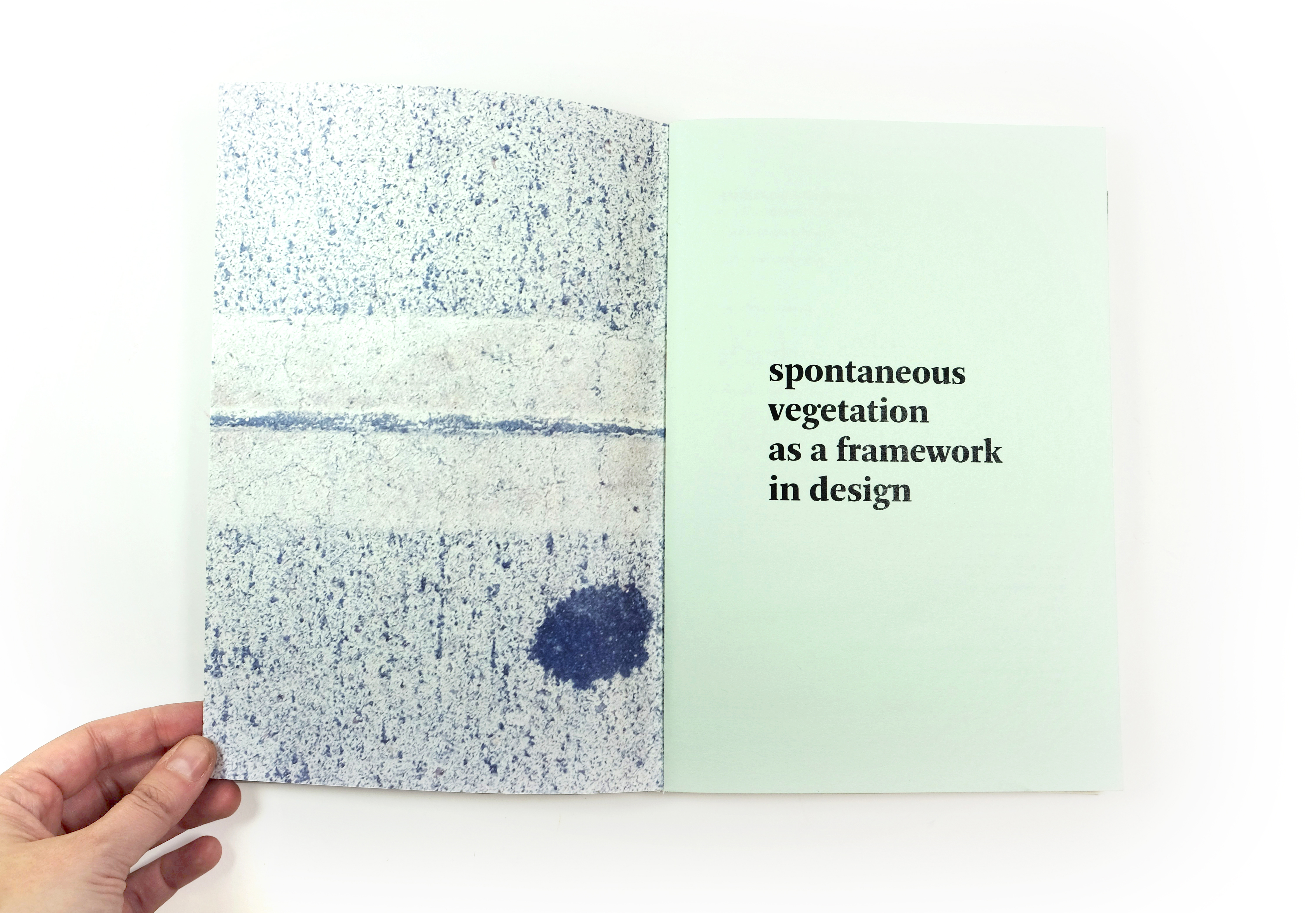

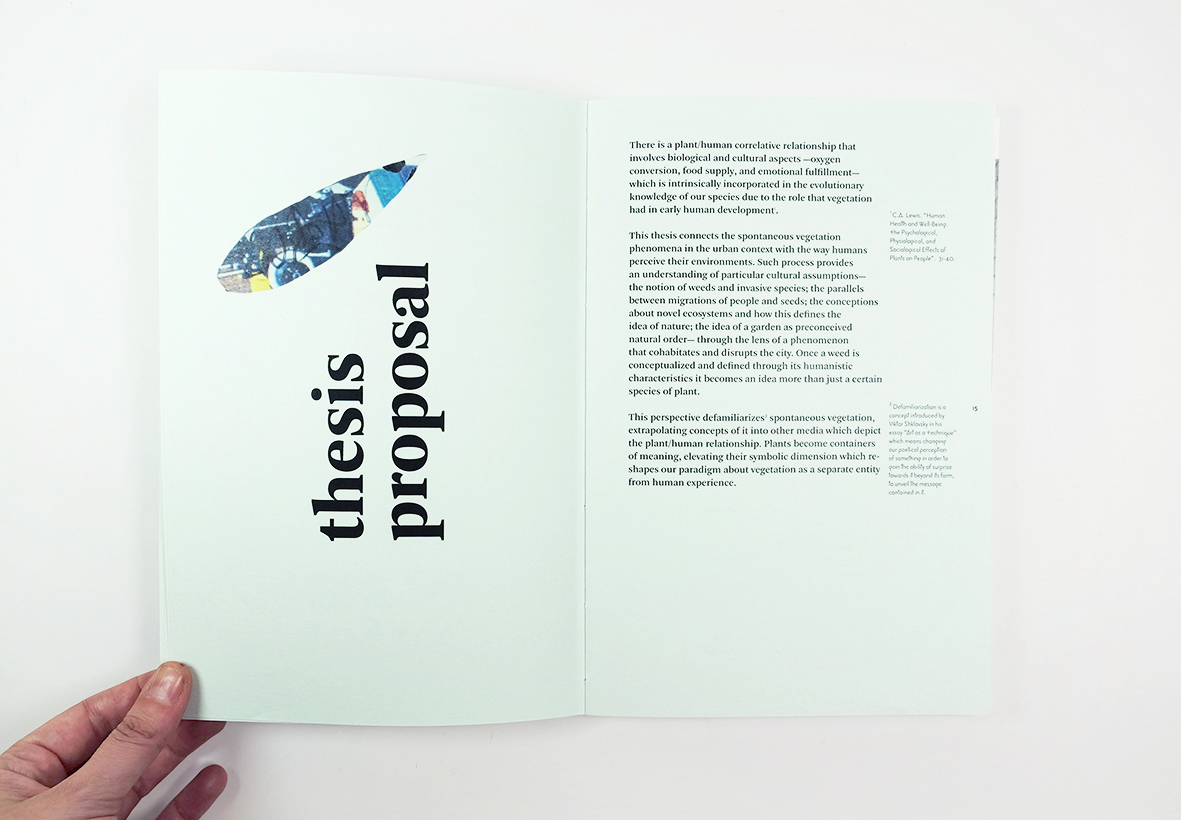

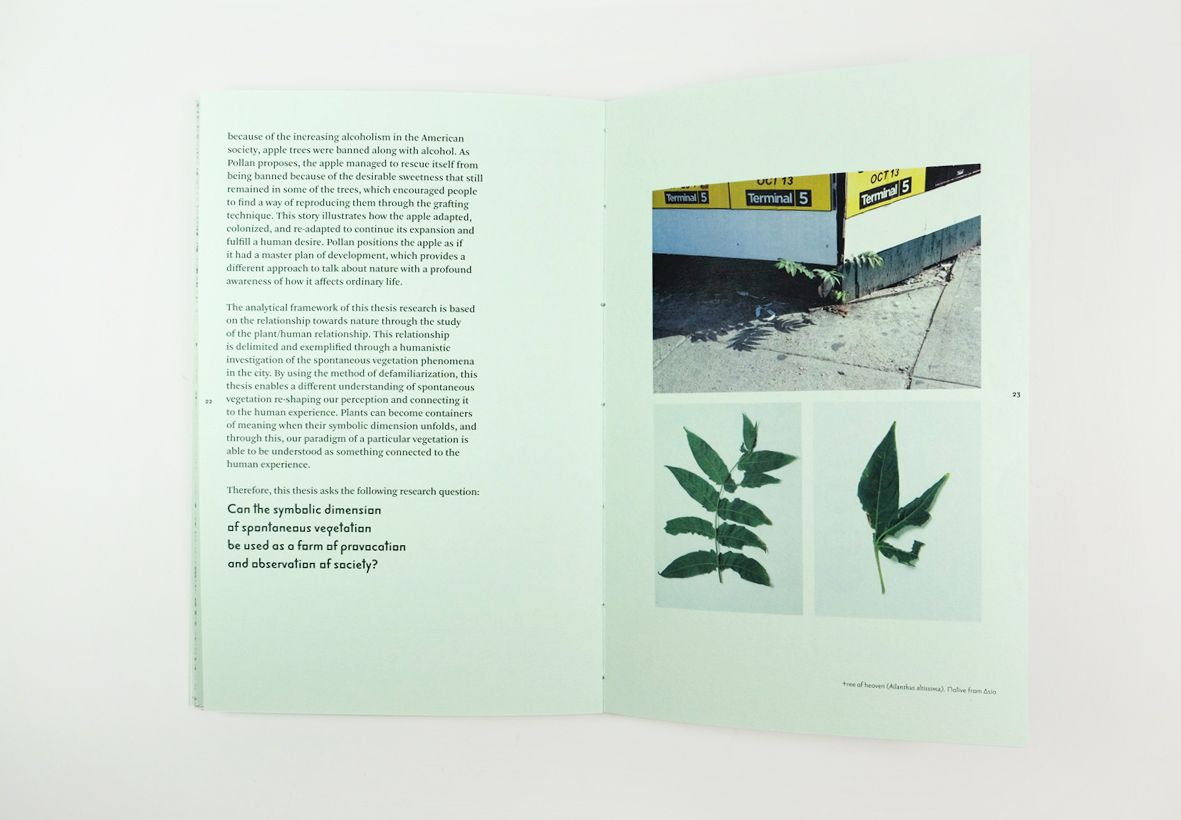
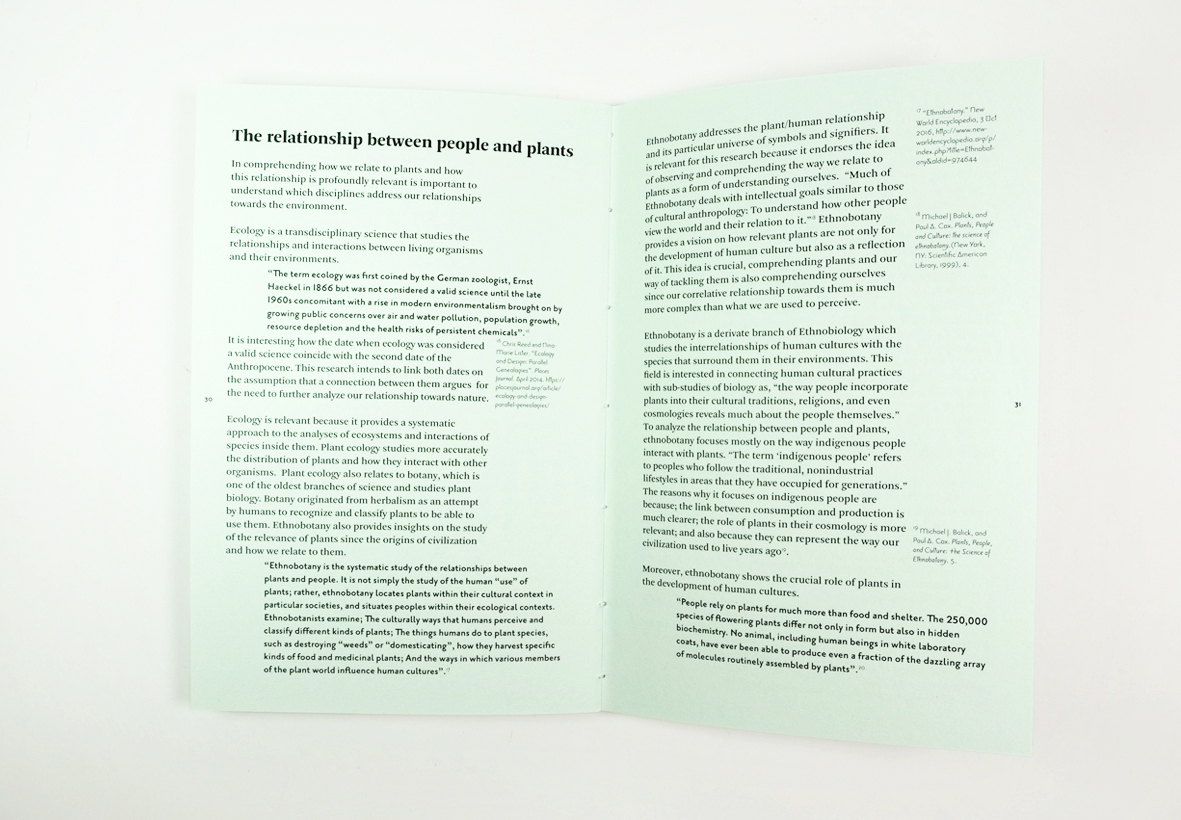

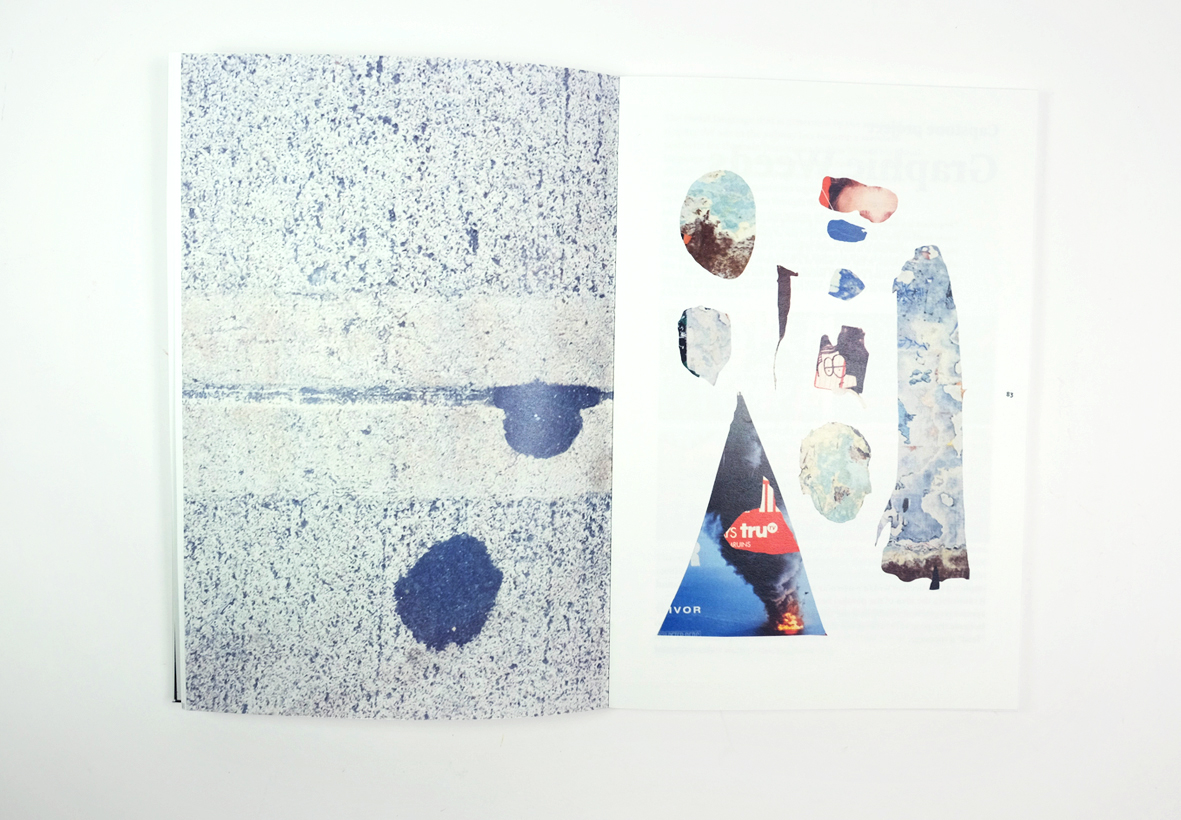
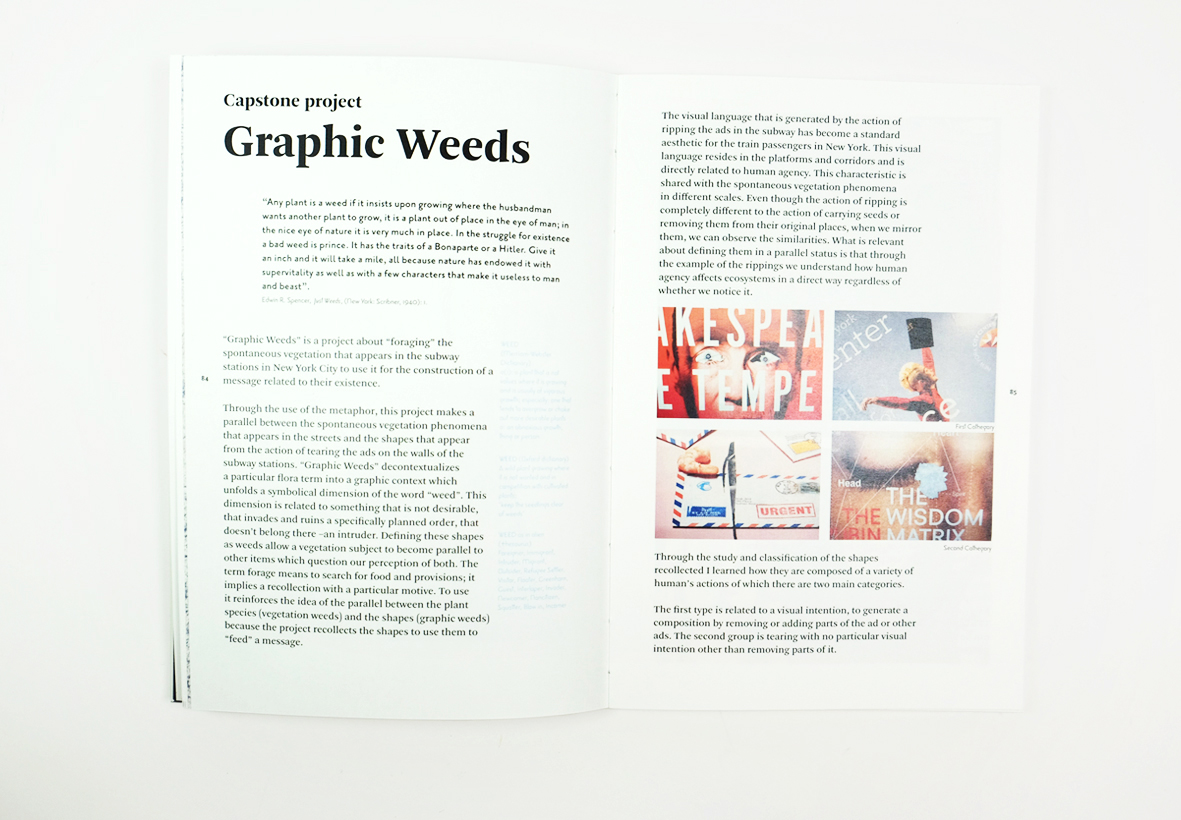
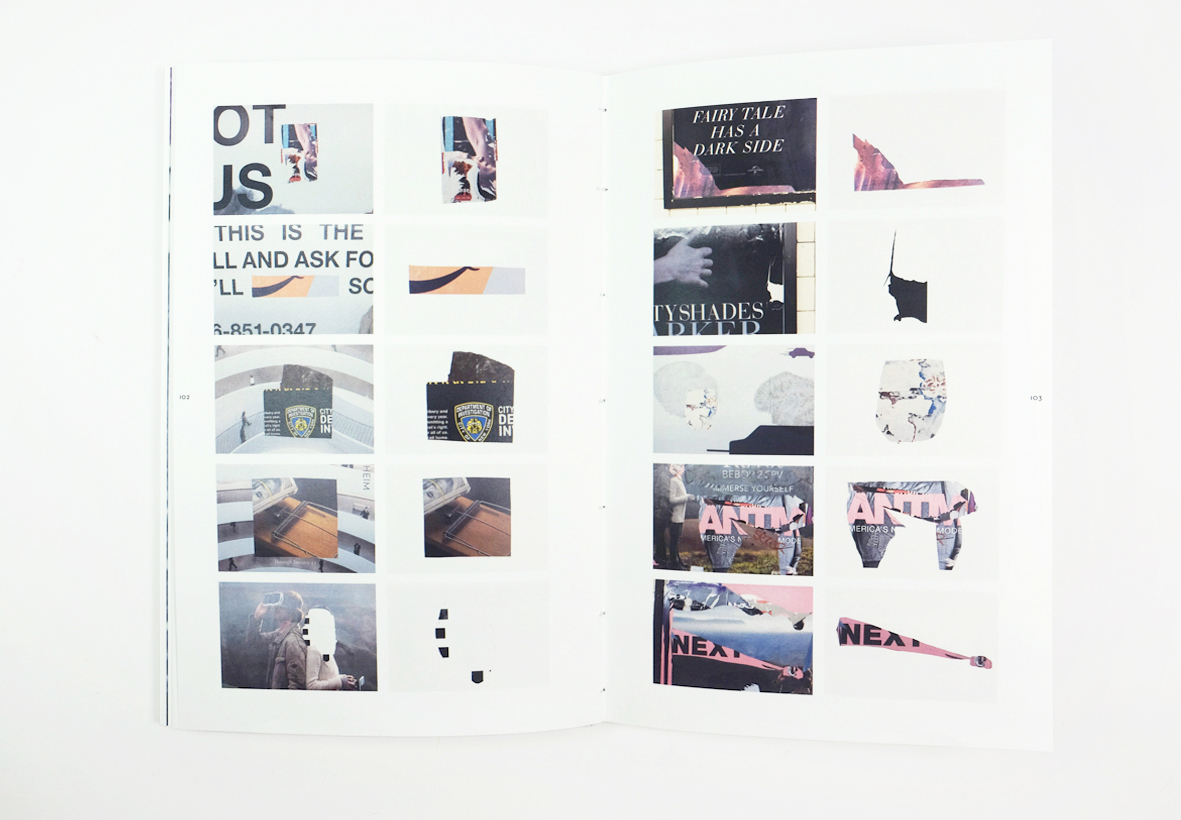
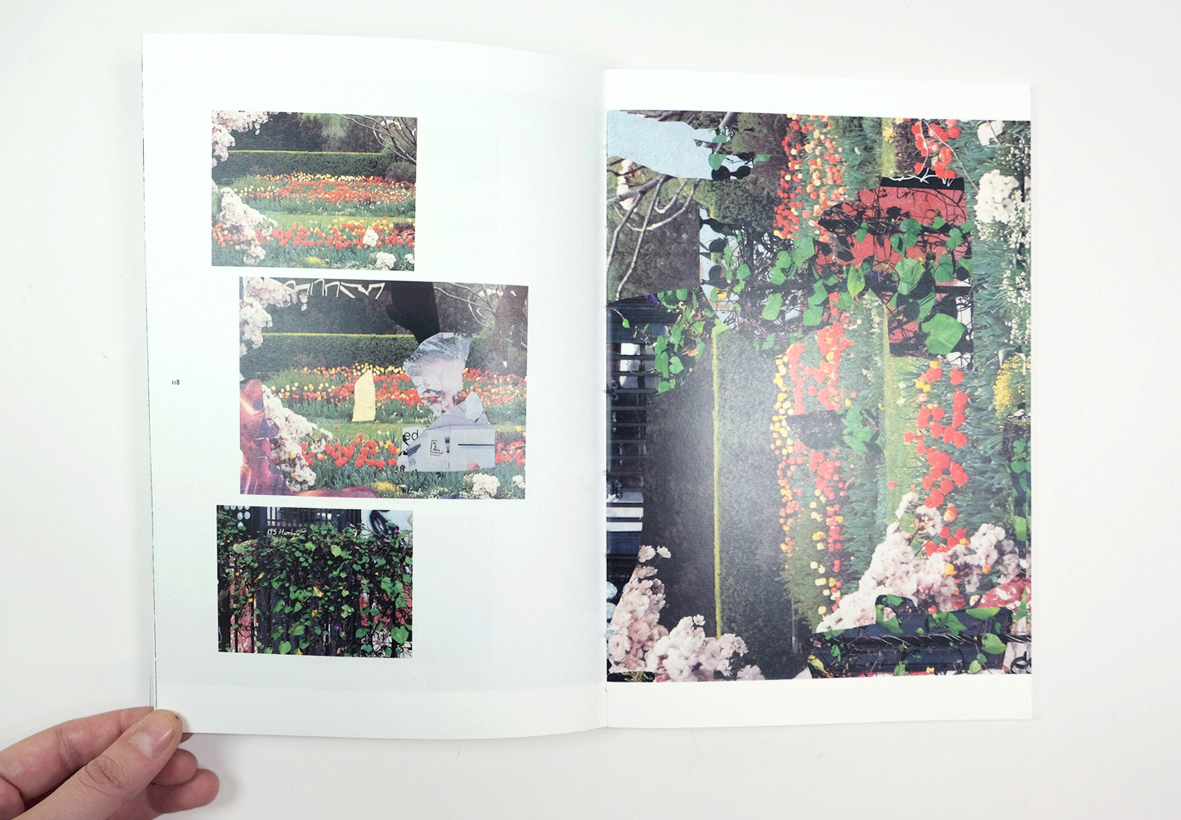
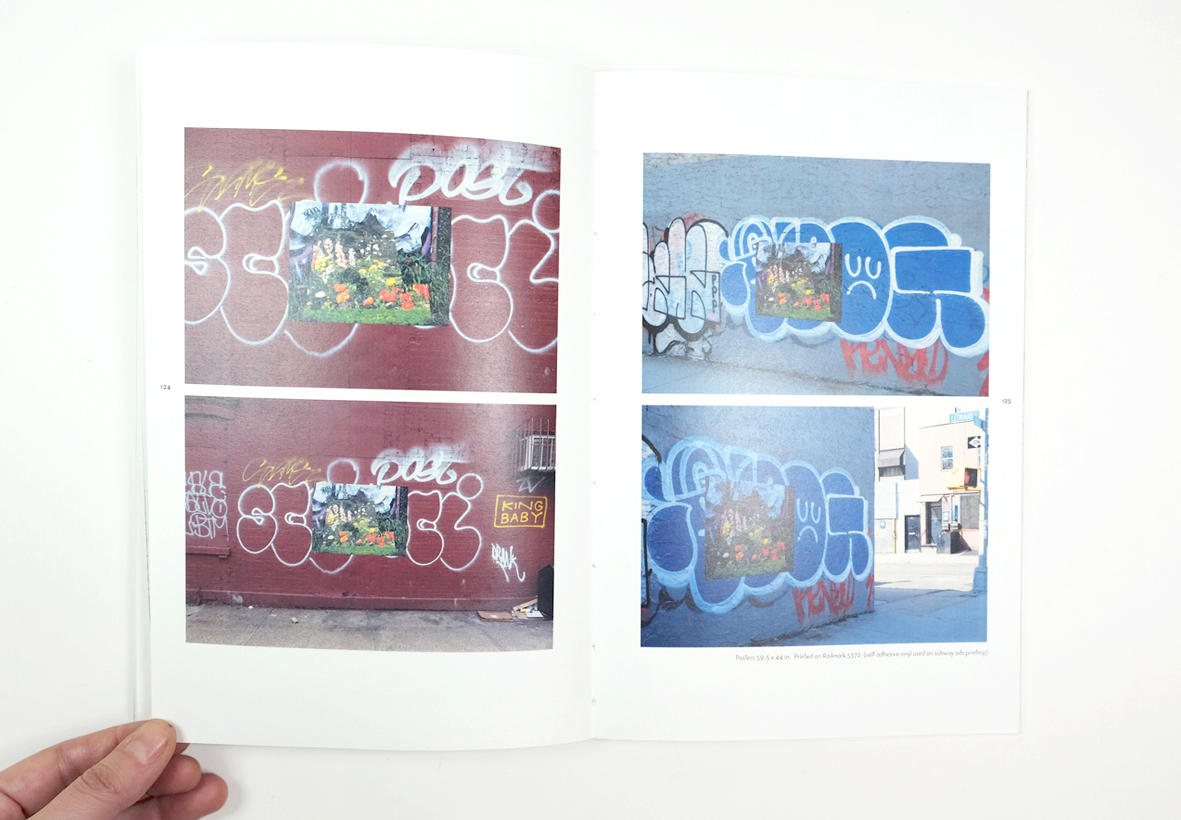
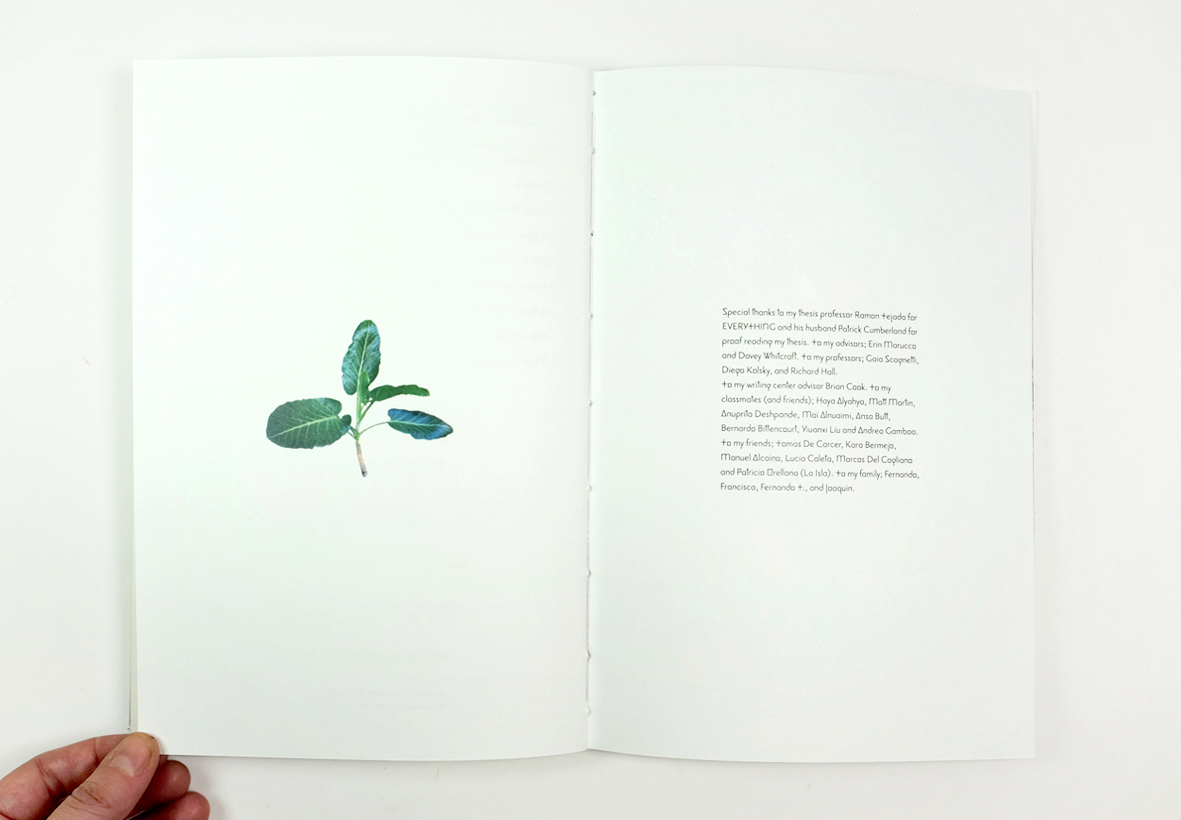
[1] Native and non-native plants that grow in urban areas. A vegetation that was not intentionally cultivated and does not require being nurtured, it grows naturally in the urban environment. (Peter Del Tredici in his article “Flora of the Future”)
[2] Succession is the process that enables a land to recover its proper environmental balance through different stages of vegetation. ( Nancy M. Page, and Richard E. Weaver. Wild Plants in the City)
[2] Succession is the process that enables a land to recover its proper environmental balance through different stages of vegetation. ( Nancy M. Page, and Richard E. Weaver. Wild Plants in the City)
[3] “Plants do not exist as abstract entities they reflect the culture which provides a human context for them”. “To understand the ability of plants to evoke human responses we have to look backward to the survival role of vegetation in our beginnings as a species” (C.A. Lewis. “Human Health and Well-Being. The Psychological, Physiological, and Sociological Effects of Plants on People”)
[4] “A unique assemblage of biota and environmental conditions that is the direct result of intentional or unintentional alteration by humans, i.e., human agency, sufficient to cross an ecological threshold that facilitates a new ecosystem trajectory”. This means new types of ecosystems as a product of the Anthropocene. (N.B. Morse, P.A. Pellissier, E.N. Cianciola, R. L. Brereton, M. M. Sullivan, N.K. Shonka, T.B. Wheeler, and W.H. McDowell. “Novel ecosystems in the Anthropocene: a revision of the novel ecosystem concept for pragmatic applications”
[4] “A unique assemblage of biota and environmental conditions that is the direct result of intentional or unintentional alteration by humans, i.e., human agency, sufficient to cross an ecological threshold that facilitates a new ecosystem trajectory”. This means new types of ecosystems as a product of the Anthropocene. (N.B. Morse, P.A. Pellissier, E.N. Cianciola, R. L. Brereton, M. M. Sullivan, N.K. Shonka, T.B. Wheeler, and W.H. McDowell. “Novel ecosystems in the Anthropocene: a revision of the novel ecosystem concept for pragmatic applications”

